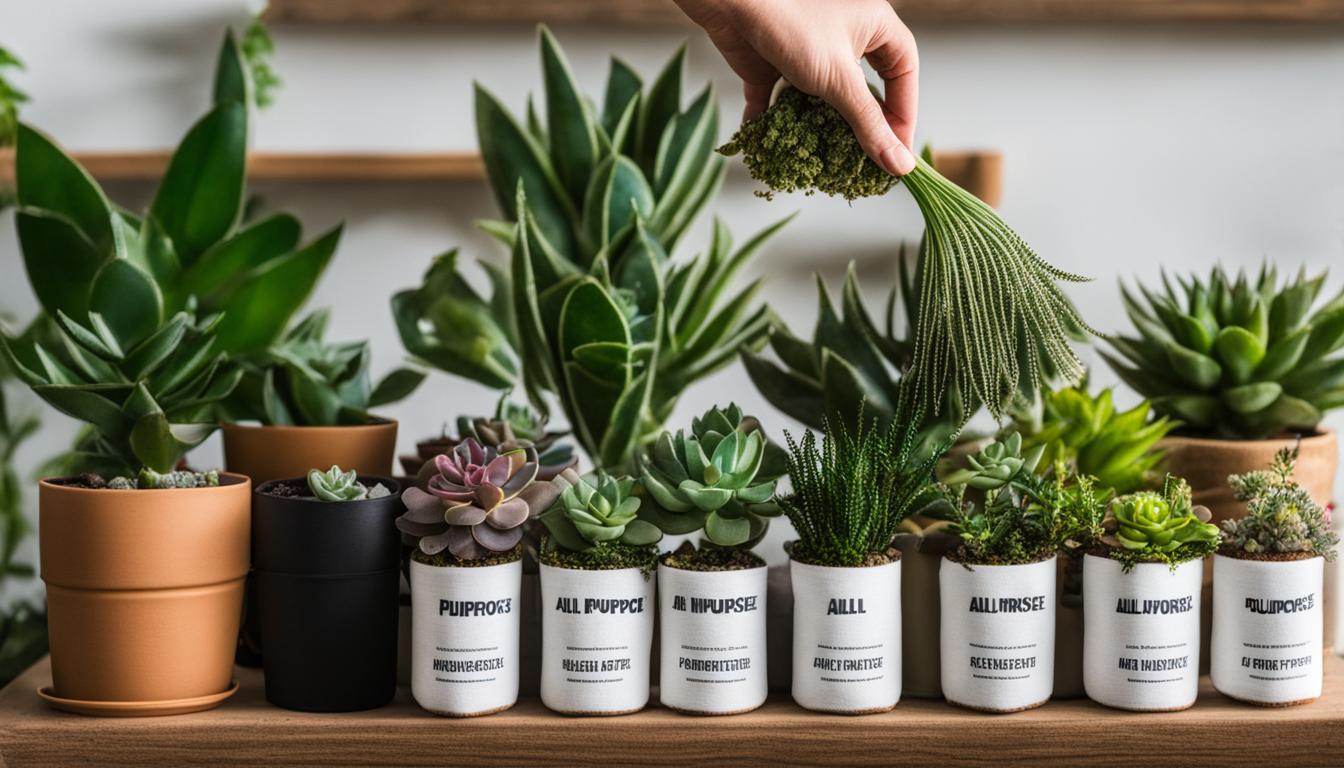
Indoor plants add beauty and a touch of nature to our homes, but they also require proper care and nutrition to thrive. Fertilizing indoor plants is an important part of their care routine, as it provides them with essential nutrients for healthy growth.
In this article, I will discuss the optimal timing for plant fertilization, best practices for fertilizing houseplants, and how to maximize indoor plant growth.
Key Takeaways:
- Fertilize indoor plants during the growing season, which typically spans from early spring to late summer.
- Use a bi-weekly or monthly fertilizing schedule, depending on the recommendations of the fertilizer brand.
- Wait 2-3 months before fertilizing recently potted or repotted plants.
- Avoid fertilizing plants in low-light environments as they have slower metabolic activity.
- Fertilizers provide essential nutrients like nitrogen (N), phosphorus (P), and potassium (K) for plant growth.
What is the purpose of fertilizer for houseplants?
Fertilizer plays a crucial role in providing essential nutrients for houseplants, acting as a supplement to support their growth and overall health.
While fertilizer is not plant food, it functions like a multivitamin, replenishing lost nutrients in the potting mix and promoting new, healthy growth. The main macronutrients found in fertilizers are nitrogen (N), phosphorus (P), and potassium (K), which are vital for various plant functions.
The Purpose of Fertilizer: A Quick Overview
Fertilizer helps ensure that houseplants receive the necessary nutrients that may be lacking in their natural environment.
The nutrients in fertilizers assist in photosynthesis, the development of strong roots, and overall plant health. Additionally, fertilizers often contain micronutrients, such as iron and zinc, which are essential for various enzymatic processes in plants.
Enhancing Nutrient Absorption
One of the key roles of fertilizer is to enhance nutrient absorption in plants. When applied correctly, fertilizers provide a concentrated source of nutrients that are readily available for the plant’s roots to absorb.
This ensures that the plant receives an adequate supply of nutrients to support its growth and development.
Overall, the purpose of fertilizer for houseplants is to provide essential nutrients that may be lacking in their natural environment, promote healthy growth, and enhance nutrient absorption.
By understanding the role of fertilizer and choosing the right type for your houseplants, you can optimize their overall health and ensure they thrive in their indoor environment.
When should I fertilize my houseplants?
The best time to fertilize houseplants is during the growing season, which typically spans from early spring to late summer.
This is when plants are actively growing and will benefit the most from fresh nutrients. It is recommended to fertilize on a bi-weekly or monthly basis, depending on the fertilizer brand’s instructions.
Recently potted or repotted plants should wait 2-3 months before being fertilized. Houseplants in low-light environments do not require fertilizer as their metabolic activity is slower.
During the growing season, houseplants are in their prime growth phase, and fertilizing them provides a supplemental boost of nutrients.
The added nutrients support healthy foliage development, vibrant blooms, and overall plant vigor. But, it’s important to follow the recommended fertilization schedule and avoid over-fertilization, as this can lead to nutrient imbalances and potential damage to the plants.
For plants that are newly potted or repotted, it is crucial to allow them some time to establish their root systems before introducing fertilizer. This waiting period ensures that the roots have settled and are ready to absorb and utilize the nutrients effectively.
Houseplants in low-light environments, such as those placed in rooms with minimal natural light or far from windows, have slower metabolic rates and require less fertilizer compared to plants in well-lit areas.
Factors to Consider:
When determining the optimal timing for fertilizing indoor plants, there are a few factors to consider:
- The specific needs of the plant species
- The type of fertilizer being used
- The light levels and environmental conditions in which the plants are growing
By taking these factors into account, you can ensure that your houseplants receive the right amount of nutrients at the right time, promoting their overall health and vitality.
| Factors | Prominent Role |
|---|---|
| Plant species | Different plants have varying nutrient requirements and growth patterns. Some may have specific fertilization preferences based on their natural habitat. |
| Type of fertilizer | Various types of fertilizers, such as liquid, granular, or slow-release formulations, have different release rates and nutrient contents. Understanding the fertilizer’s characteristics will help in determining the appropriate timing. |
| Light levels and environmental conditions | Plants in low-light environments have slower metabolic rates and require less frequent fertilization. Additionally, environmental factors such as temperature and humidity can also influence the nutrient uptake of plants. |
Choosing the Right Fertilizer for Your Houseplants
When it comes to fertilizing your houseplants, selecting the right fertilizer is crucial for their overall health and vitality. A key factor to consider is the N-P-K ratio, which represents the nitrogen (N), phosphorus (P), and potassium (K) content of the fertilizer.
This ratio is typically displayed on the fertilizer label. Higher numbers indicate a more concentrated fertilizer, providing a greater supply of these essential nutrients.
An all-balanced fertilizer with an equal N-P-K ratio, such as 5-5-5, is suitable for most houseplants. However, you can also choose a fertilizer with a ratio that aligns with your specific plant’s needs.
For example, a higher nitrogen content promotes lush leaf production, while a higher phosphorus content encourages flowering and fruiting.
Fertilizers for indoor plants are available in both liquid and solid forms. Liquid fertilizers are commonly used due to their ease of use and the ability to dilute them with water.
They can be added directly to the potting mix, providing a quick and efficient nutrient boost. On the other hand, solid fertilizers, particularly time-release granules, are less commonly used indoors.
Their slow-release nature minimizes the risk of over-fertilization but requires careful application to avoid dormant periods.
Choosing the Right Fertilizer: Liquid vs. Solid
Both liquid and solid fertilizers have their advantages. Liquid fertilizers are convenient, allowing for easy dilution and precise application. They are particularly beneficial for houseplants with fast-growing foliage, as the nutrients are readily available for absorption.
Solid fertilizers, on the other hand, provide a slow-release of nutrients, eliminating the need for frequent applications. They are suitable for plants that prefer a steady nutrient supply and can withstand longer periods between feedings.
Ultimately, the choice between liquid and solid fertilizers depends on your personal preference and the specific needs of your houseplants.
Consider factors such as ease of use, frequency of application, and the individual preferences of your plants when selecting the right fertilizer for your indoor garden.
| Fertilizer Type | Advantages | Disadvantages |
|---|---|---|
| Liquid Fertilizer | – Easy to use and dilute – Provides a quick nutrient boost – Ideal for fast-growing houseplants | – Requires more frequent applications – May be more expensive than solid fertilizers |
| Solid Fertilizer | – Slow-release of nutrients – Longer intervals between applications – Cost-effective | – Application requires care to avoid over-fertilization – May not be suitable for plants with specific nutrient requirements |
Should I use chemical or organic fertilizer for my houseplants?
When it comes to fertilizing houseplants, one common dilemma is whether to use chemical or organic fertilizer. Each option has its own advantages and considerations, so let’s explore the benefits of organic fertilizer for houseplants.
Organic fertilizer, as the name suggests, is made from natural ingredients such as recycled food waste. It is considered safer and more environmentally friendly compared to chemical fertilizers. Organic fertilizers provide a mild and chemical-free alternative, promoting healthier growth in houseplants.
One of the key benefits of organic fertilizer is its ability to improve soil quality. Organic fertilizers enrich the soil with organic matter, enhancing its water retention and nutrient-holding capacity. This can lead to improved root development and overall plant health.
Benefits of organic fertilizer for houseplants:
- Environmentally friendly and sustainable option
- Improves soil quality and water retention
- Enhances root development and overall plant health
- Nutrients are released slowly, reducing the risk of over-fertilization
- Gentler on plants, reducing the risk of burning or damaging roots
While organic fertilizer offers numerous benefits, it’s important to note that it may be less concentrated compared to chemical fertilizers. This means that you may need to apply larger quantities of organic fertilizer to achieve the desired nutrient levels.
Organic fertilizers may have a slower release rate, requiring less frequent applications compared to their chemical counterparts.
Ultimately, the choice between chemical and organic fertilizer comes down to personal preference and any preferences related to pet safety.
Both options can be effective in providing the necessary nutrients for your houseplants. Consider your specific plants’ needs and choose the option that aligns with your gardening principles and goals.
Is solid or liquid fertilizer better for indoor plants?

When it comes to choosing between solid and liquid fertilizers for your indoor plants, it ultimately boils down to personal preference and convenience. Both options have their own benefits, and the choice depends on your specific needs and preferences.
Let’s take a closer look at the advantages of each type:
Benefits of Liquid Fertilizers
- Easy to use and dilute with water
- Can be applied directly to the potting mix
- Quickly absorbed by the plants, providing immediate nutrient availability
Benefits of Solid Fertilizers
- Often come in slow-release formulations, providing a steady supply of nutrients over an extended period
- Less risk of over-fertilizing or fertilizing during dormant periods
- Longer shelf life compared to liquid fertilizers
Both liquid and solid fertilizers can provide the necessary nutrients for indoor plants, so it’s important to choose the option that suits your gardening style and preferences.
If you prefer a more hands-on approach and enjoy the process of diluting and applying fertilizer, liquid fertilizers might be the right choice for you.
On the other hand, if you prefer a set-it-and-forget-it approach and want a slow-release option that requires less frequent applications, solid fertilizers can be the better option.
Remember to always follow the instructions on the fertilizer label for proper application and dilution rates. Over-fertilizing can lead to nutrient burn and harm your plants, so it’s better to err on the side of caution and apply less rather than more.
Regularly monitor your plants for signs of nutrient deficiencies or excesses, and adjust your fertilization routine accordingly.
| Liquid Fertilizers | Solid Fertilizers | |
|---|---|---|
| Convenience | Easy to use and dilute | Set-it-and-forget-it approach |
| Absorption | Quickly absorbed by plants | Slow-release formulations provide a steady supply of nutrients over time |
| Risk of Over-fertilization | Higher risk if not diluted properly | Less risk due to slower release |
| Shelf Life | Shorter shelf life | Longer shelf life |
What is the best fertilizing schedule for indoor plants?
When it comes to fertilizing indoor plants, it’s important to follow a proper schedule to ensure their optimal growth and health. The fertilizing schedule for houseplants typically revolves around the growing season, which is from early spring to late summer. During this period, plants are actively growing and require a regular supply of nutrients to thrive.
For most common houseplants, it is recommended to start fertilizing about 8 weeks before the last spring frost and continue every two to three weeks until the middle of September.
This schedule allows for a consistent nutrient supply during the active growth period. However, it’s essential to consider the specific needs of each plant and adjust the frequency accordingly.
Tropical climates or regions without regular winter frosts may require reduced strength and frequency of fertilization during the winter months.
It’s important to note that during the winter, when plants are not in a period of active growth, houseplants should not be fertilized to prevent over-fertilization and potential damage to the plants.
| Indoor Plant Fertilizing Schedule | Frequency of Fertilization |
|---|---|
| Early Spring | Start fertilizing about 8 weeks before the last spring frost |
| Spring to Late Summer | Fertilize every two to three weeks |
| Winter | Avoid fertilization as plants are not actively growing |
Following a proper fertilizing schedule ensures that indoor plants receive the necessary nutrients at the right times, promoting healthy growth and vibrant foliage.
What nutrients should houseplant fertilizers contain?
Houseplant fertilizers play a vital role in providing essential nutrients for the growth and development of indoor plants.
These nutrients are necessary for the plants to carry out their metabolic processes, maintain their overall health, and thrive in home environments. When choosing a fertilizer for your houseplants, it is important to consider the specific nutrient requirements of your plants.
Macronutrients such as nitrogen (N), phosphorus (P), and potassium (K) are the core nutrients that should be present in houseplant fertilizers.
Nitrogen is essential for promoting leaf and stem growth, phosphorus is crucial for root development and overall plant strength, and potassium aids in flower and fruit production. These three nutrients are commonly referred to as the N-P-K ratio, which indicates the percentage of each nutrient in the fertilizer.
In addition to macronutrients, houseplant fertilizers may also contain secondary macronutrients and micronutrients. Secondary macronutrients like calcium and magnesium contribute to the overall health and structure of the plants.
Micronutrients, such as iron and zinc, are required in smaller amounts but are still essential for various enzymatic processes in plants.
| Nutrient | Function |
|---|---|
| Nitrogen (N) | Promotes leaf and stem growth |
| Phosphorus (P) | Aids in root development and overall plant strength |
| Potassium (K) | Encourages flower and fruit production |
| Calcium | Contributes to plant health and structure |
| Magnesium | Essential for photosynthesis and enzyme activation |
| Iron | Required for chlorophyll production and metabolic processes |
| Zinc | Plays a role in enzyme activity and protein synthesis |
Choosing a houseplant fertilizer that contains these essential nutrients will help ensure that your indoor plants receive the proper nourishment they need to thrive and flourish in your home.
How to Properly Fertilize Indoor Plants
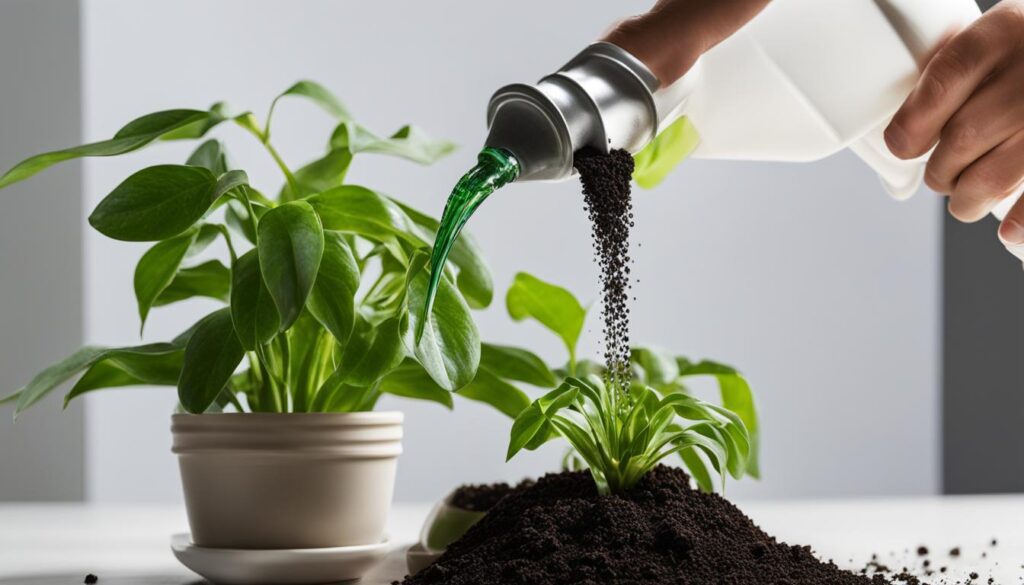
Properly fertilizing indoor plants is essential for their overall health and growth. By following a few key techniques, you can ensure that your plants receive the right amount of nutrients without causing any harm. Here are some tips to help you fertilize your indoor plants effectively:
Dilution of Fertilizers
When using fertilizers, it is crucial to follow the recommended dilution instructions on the fertilizer label. Over-fertilization can lead to nutrient burn, which can damage the roots and leaves of your plants.
It is better to under-fertilize than over-fertilize, as you can always increase the amount gradually if needed.
Avoiding Fertilizer Burn
To avoid fertilizer burn, it is important to water your plants before applying the fertilizer. This helps prevent the roots from directly coming into contact with concentrated fertilizer, reducing the risk of damage. Also, make sure to empty any excess fertilizer water from the drainage dish to avoid prolonged exposure to high nutrient levels.
Fertilizing Frequency and Seasonality
Indoor plants should be fertilized every two to three weeks during the active growth season, which typically occurs from early spring to late summer.
But, it is important to note that plants in low-light environments and during the winter months may require less frequent or no fertilization, as they have slower metabolic activity and growth during these periods. It is best to observe your plants closely and adjust the fertilizing frequency accordingly.
By following these proper techniques for fertilizing houseplants, you can ensure that your indoor plants receive the necessary nutrients for healthy growth while avoiding any potential risks.
Remember to always read the instructions on your chosen fertilizer and monitor your plants’ response to determine the ideal fertilizing schedule.
Fertilizing Tips for Indoor Plants
| Fertilizing Techniques | Key Points |
|---|---|
| Dilution of Fertilizers | Follow recommended dilution instructions to avoid over-fertilization. |
| Avoiding Fertilizer Burn | Water plants before applying fertilizer and drain excess fertilizer water from the drainage dish. |
| Fertilizing Frequency and Seasonality | Fertilize every two to three weeks during the active growth season, adjusting frequency for low-light environments and winter months. |
How often should succulents and cacti be fertilized?
Succulents and cacti have specific nutrient requirements that differ from other houseplants. Due to their unique characteristics and adaptations to arid environments, these plants have lower nutrient needs and can survive in nutrient-poor soils.
Over-fertilizing succulents and cacti can lead to root burn and damage, so it’s important to find the right balance when it comes to fertilizing.
For optimal growth and health, succulents and cacti should be fertilized once every six weeks during their active growing season, which typically occurs in spring and summer.
This infrequent fertilization schedule allows the plants to absorb the necessary nutrients without being overwhelmed by excess fertilizer.
It’s advisable to use a fertilizer with a lower nitrogen content, as succulents and cacti prefer a more balanced ratio of nutrients.
When applying fertilizer to succulents and cacti, it’s important to follow the instructions on the product label and dilute the fertilizer with water.
Applying too much fertilizer can lead to salt buildup in the soil, which can harm the plants. It’s always better to err on the side of caution and under-fertilize rather than risk damaging these resilient plants.
Considerations for Repotting and Maintaining Healthy Houseplants
When it comes to indoor plants, regular maintenance is key to their long-term health and vitality. One important aspect of this maintenance is repotting.
Over time, houseplants may outgrow their current pots, leading to root overcrowding. This can hinder their growth and nutrient absorption.
It is recommended to check your plants periodically for signs of root overcrowding, such as roots circling around the pot’s edges or emerging from the drainage holes. If you notice these signs, it’s time to repot your plant.
Springtime is often the ideal season for repotting, as plants are entering their active growth phase. When repotting, choose a slightly larger pot to allow room for the plant’s roots to spread.
Selecting the right soil is crucial for the well-being of your houseplants. Good soil should be well-draining to prevent waterlogged roots, which can lead to root rot. Consider using a high-quality potting mix specifically formulated for indoor plants.
To further enhance the nutrient content of the soil, adding compost can provide additional organic matter and beneficial microorganisms.
Compost is an excellent source of nutrients that can benefit indoor plants. It enriches the soil, improving its structure and fertility. When adding compost, mix it thoroughly with the potting mix to ensure even distribution.
Compost also helps retain moisture in the soil, reducing the frequency of watering. However, it’s important to note that too much compost can lead to excessive nutrient levels, causing plant stress. Therefore, it’s best to follow the recommended guidelines for compost application.
By considering these aspects of repotting and maintaining healthy houseplants, you can ensure that your plants thrive and continue to beautify your indoor space.
Regularly assessing the need for repotting, choosing quality soil, and incorporating compost into your plant care routine will contribute to the overall health and vigor of your houseplants, allowing them to thrive for years to come.
FAQ
When is the best time to fertilize indoor plants?
The best time to fertilize indoor plants is during the growing season, which typically spans from early spring to late summer.
What is the purpose of fertilizer for houseplants?
Fertilizer provides essential nutrients for houseplants, promoting healthy growth and replacing lost nutrients in the potting mix.
When should I fertilize my houseplants?
Houseplants should be fertilized sparingly, on a bi-weekly or monthly basis, depending on the fertilizer brand’s recommendations.
How do I choose the right fertilizer for my houseplants?
When choosing a fertilizer for houseplants, look for the N-P-K ratio, which represents the nitrogen (N), phosphorus (P), and potassium (K) content. Higher numbers indicate a more concentrated fertilizer.
Should I use chemical or organic fertilizer for my houseplants?
The choice between chemical and organic fertilizer is a matter of preference. Chemical fertilizers are more concentrated and cost-effective, while organic fertilizers are considered safer and more environmentally friendly.
Is solid or liquid fertilizer better for indoor plants?
Both solid and liquid fertilizers can provide the necessary nutrients for indoor plants. Liquid fertilizers are more commonly used for indoor plants due to ease of use and dilution.
What is the best fertilizing schedule for indoor plants?
The best fertilizing schedule for indoor plants follows the growing season, with fertilization every two to three weeks during the active growth period and refraining from fertilizing during the winter months.
What nutrients should houseplant fertilizers contain?
Houseplant fertilizers should contain essential macronutrients, including nitrogen (N), phosphorus (P), and potassium (K), as well as secondary macronutrients and micronutrients.
How to properly fertilize indoor plants?
When fertilizing indoor plants, follow the recommended dilution on the fertilizer label, water the plants before applying the fertilizer, and avoid over-fertilizing to prevent damage.
How often should succulents and cacti be fertilized?
Succulents and cacti have lower nutrient requirements and should be fertilized once every six weeks to prevent over-fertilization.
Considerations for repotting and maintaining healthy houseplants
Regularly check your houseplants for root overcrowding and consider repotting them in slightly larger pots during the spring. Adding compost can provide additional nutrients for the plants.

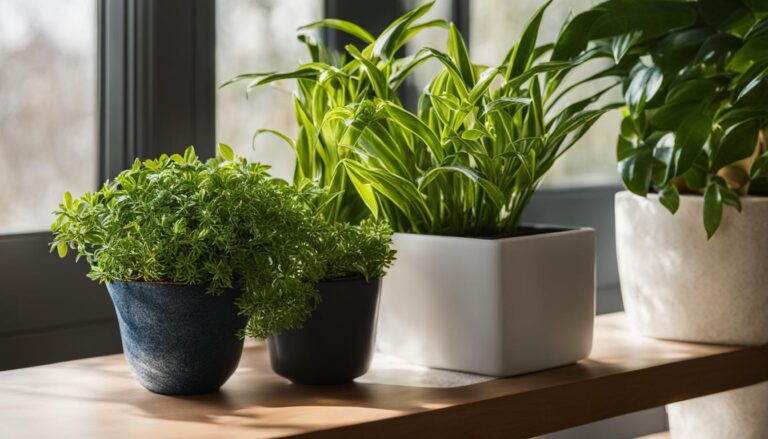
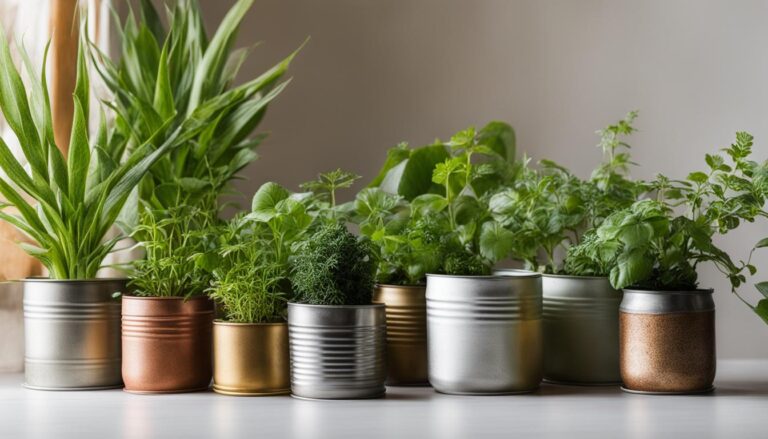
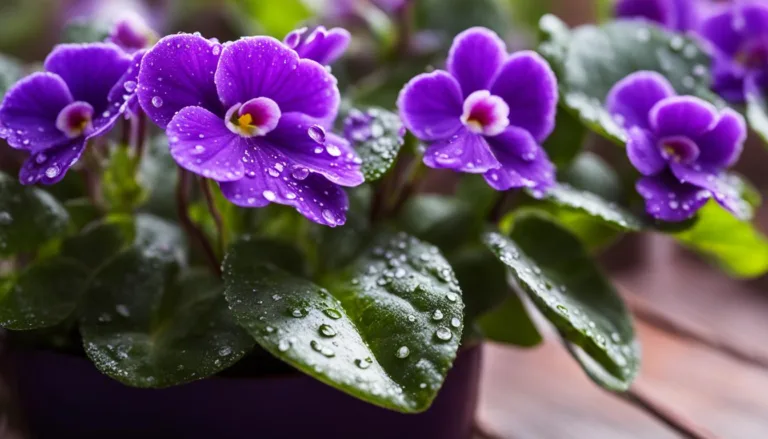

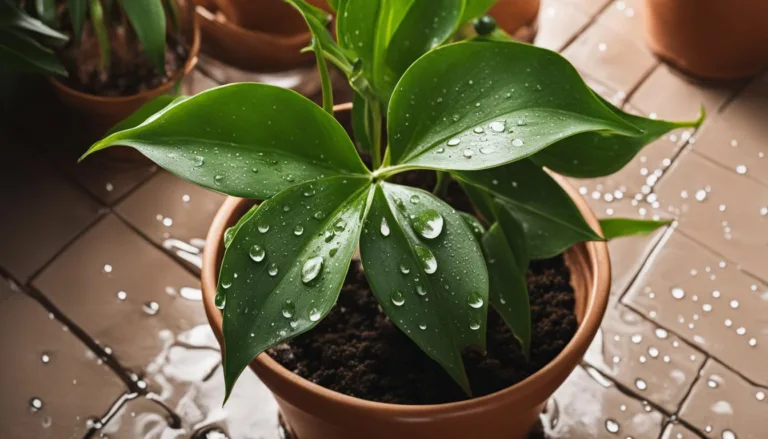
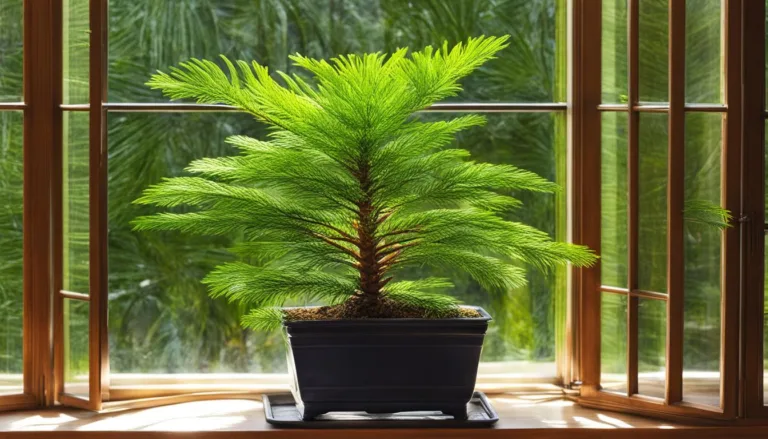
One Comment
Comments are closed.